As I've been storytelling in several "Leader in Me" schools, I've unconsciously categorized all of my tales into the seven habits of highly effective people. It was nice to help students create stronger connections to these 7 habits through folktales, fairytales, and personal tales. The students and staff could internalize the stories, ask questions of the characters, see various points of view, feel the emotions of these characters, and decide if decisions made were clever, foolish, sensible, or just plain crazy! Below I've included some tales that I've told in the schools and have categorized them within the 7 habits. You'll begin noticing that several habits can be found in one story and that's always fun to discover when talking to your listeners after the story is told.
7 Habits Review w/story suggestions
1. Be proactive: I'm a responsible person. I take initiative. I choose my actions, attitudes and moods. I don't blame others for my wrong actions. I do the right thing even when people are not looking.
*King Bidgoodʻs in the Bathtub by Audrey Wood
*"Mabela the Clever" - retold by Margaret Read McDonald from Teaching with Story
*"Not Our Problem" - folktale from Burma retold by Margaret Read
McDonald from Teaching with Story, p.29
*"Old Man Wombat", p. 106 of Margaret Read McDonaldʻs Teaching with Story.
2. Begin with the End in Mind: I plan ahead and set goals. I am an important part of my classroom and contribute to my school's mission and vision.
*"The Three Little Pigs"
*The Gingerbread Babyand The Gingerbread Friends by Jan Brett
*Miss Rumphius by Barbara Cooney
*"The Enormous Turnip"
*"The Liarʻs Contest" (Twice Upon a Time, p.190) Judy Sierra and Robert Kaminski
3. Put First Things First: I spend my time on things that are most important. This means I say no to things I know I should not do. I set priorities, make a schedule, and follow my plan. I am disciplined and organized.
*"The Ants and The Grasshopper"- Aesop
*"The Little Red Hen"
*"Baby Rattlesnakeʻs First Rattle"-from Margaret Read McDonaldʻs Shake-It Up Tales!- an example of not putting things first)
4. Think Win-Win: I compromise. I balance courage for getting what I want with consideration for waht others want. I make deposits in others' Emotional Bank Accounts.
*Swimmy by Leo Leonni
*Jangles: a BIG Fish Story by David Shannon
*"Too Much Noise" - Jewish folktale (p.127 of Len Cabralʻs Storytelling Book)
*"The Debate in Sign Language"- retold by Sid Liberman in From Sea to Shining Sea
5. Seek First to Understand, Then to be Undersood: I try to walk in other people's shoes trying to see things from their viewpoints. I listen to others without interrupting. I am confident in voicing my ideas. I look people in the eyes when talking.
*Stellaluna by Janelle Cannon
*The True Story of the Three Little Pigs by Jon Scieszka
*Why Mosquitoes Buzz in Peopleʻs Ears by Verna Aardema
*"The Seal Skin" retold by Lynn Rubright in Best-Loved Stories Told at the National Storytelling Festival
*"Grandmother Spider" - Len Cabralʻs Storytelling Book, p.15
*"How to Break a Bad Habit", p. 143, retold by Margaret Read McDonald in Teaching with Story
*"The Blind Men and the Elephant" - p. 25 in Heather Forestʻs Wisdom Tales from Around the World
6. Synergize: I work well in groups. I seek out other people's ideas to solve problems because I know that by teaming with others we can create better solutions than any one of us alone. I am humble. I value other people's strengths and learn from them.
*Swimmy by Leo Lionni
*"Stone Soup"
*Seven Spools of Thread by Angela Shelf Madearis
*The Three Princes: A Tale from the Middle East retold by Eric A. Kimmel
*"Frog and Lucust Bring the Rain",p. 172 of Margaret Read McDonaldʻs Teaching with Story
*"Two Goats on a Bridge", p. 162 of Margaret Read McDonaldʻs Teaching with Story
7. Sharpen the Saw: I take care of my body by eating right, exercising, and getting sleep. I spend time with family and friends. I learn in lots of ways and lots of places, not just at school. I take time to find meaningful ways to help others.
*The Napping House by Audrey Wood
*"Lincolnʻs Famous Beard" - told by Lucille and Bren Breneman in Best-Loved Stories Told at the National Storytelling Festival
*"Hardy Hard Head" in Jack Tales by Richard Chase
If you have stories to add to this list, please comment and I'll add them to the 7 Habits! I'm looking forward to hearing from you.
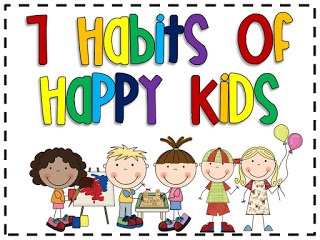

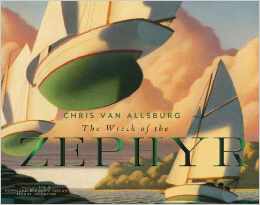

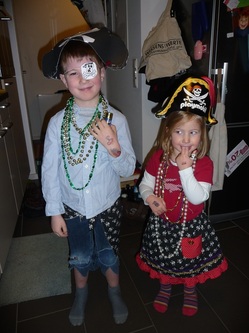

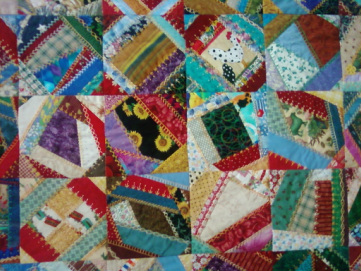
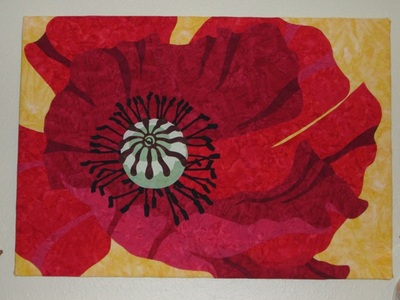
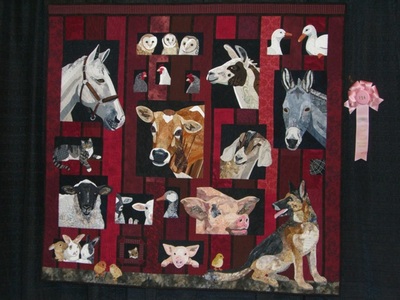

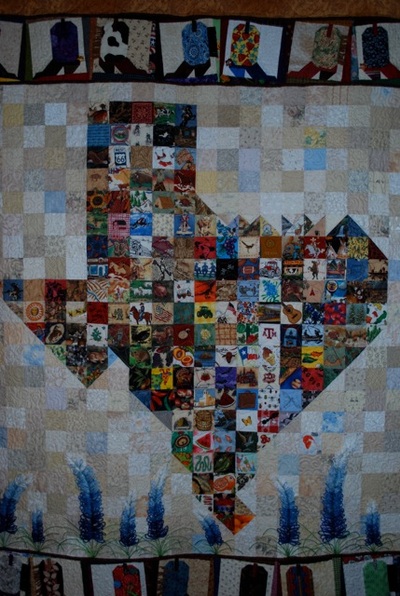

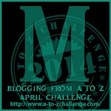
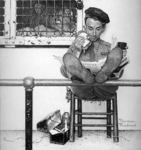
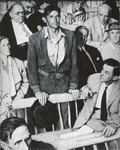
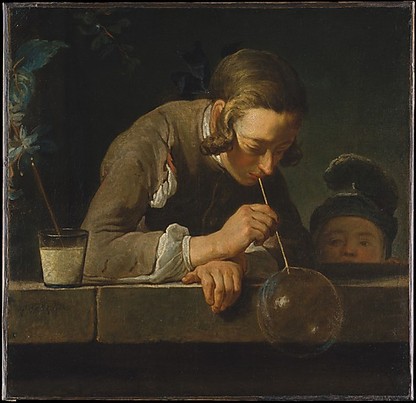

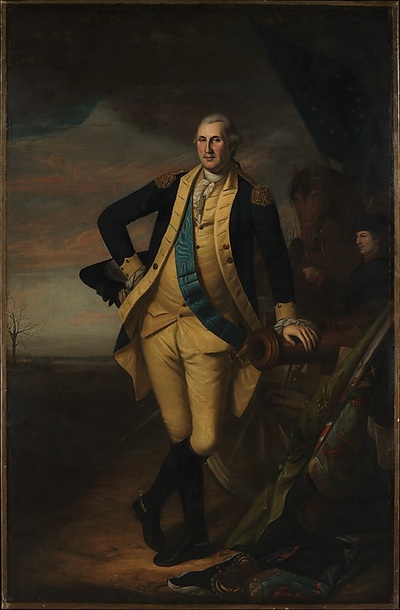

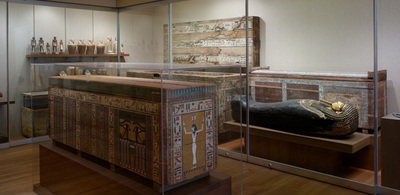
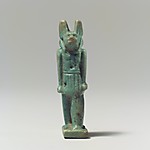
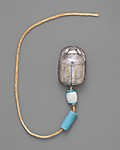
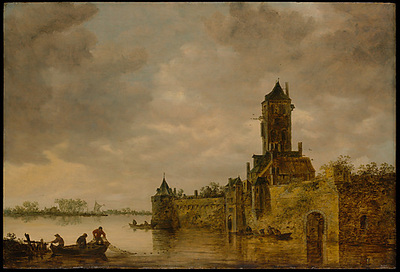
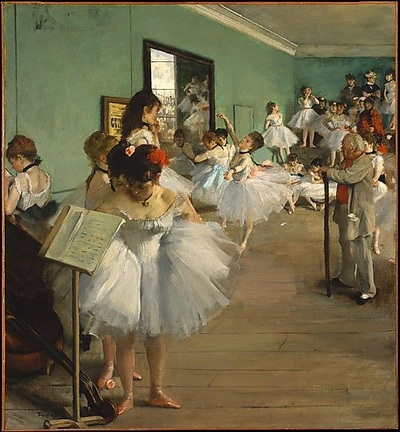
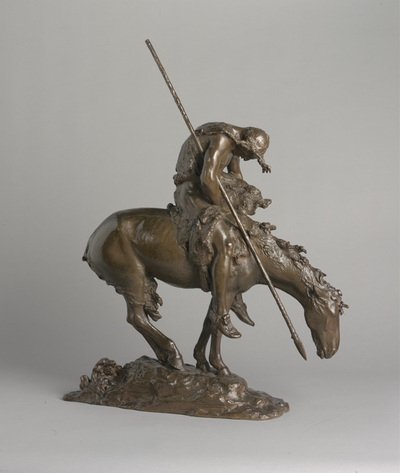


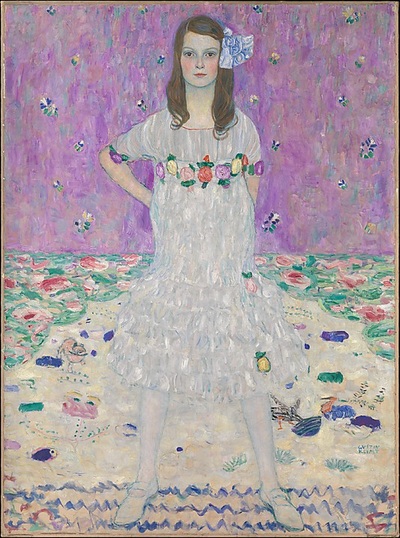
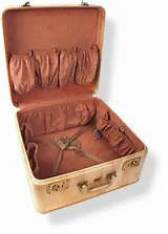


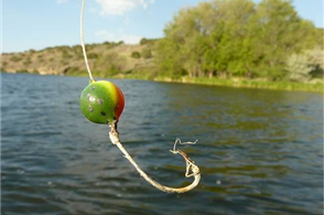

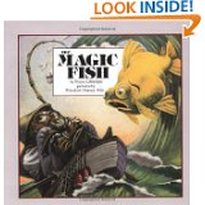



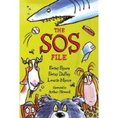

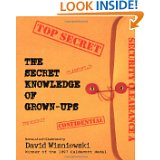
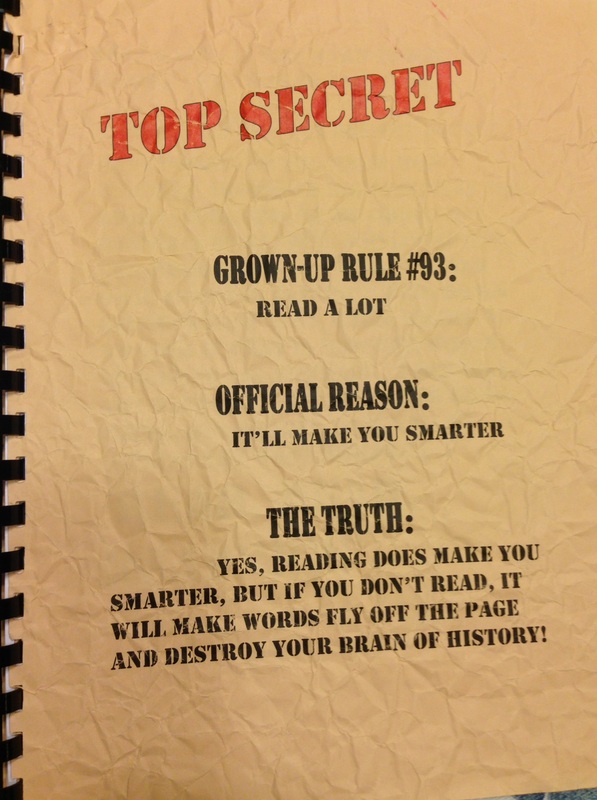

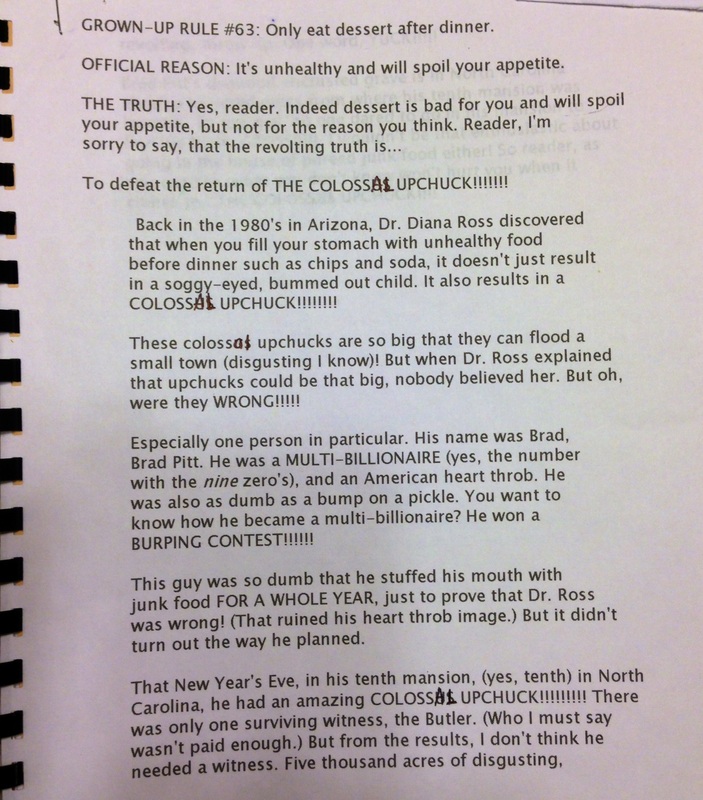
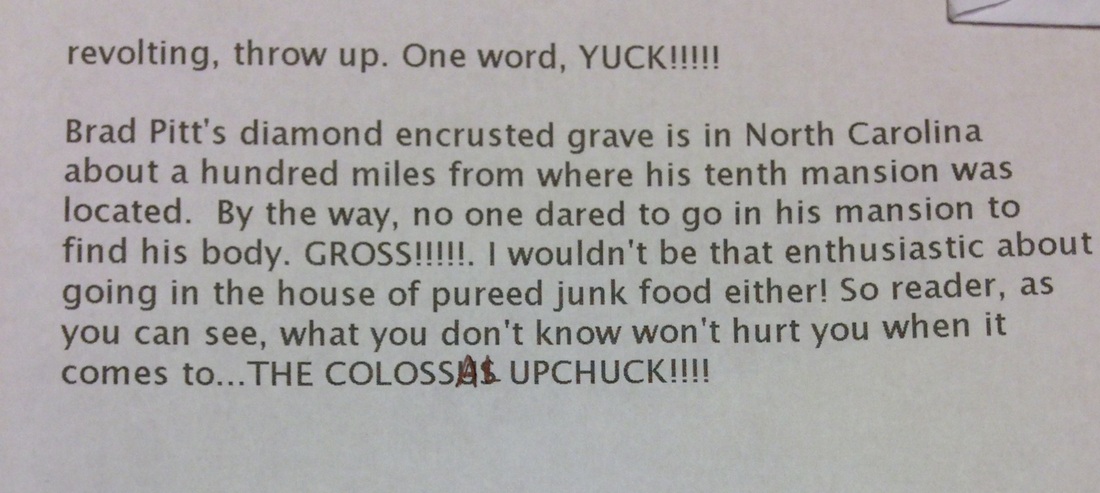
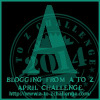


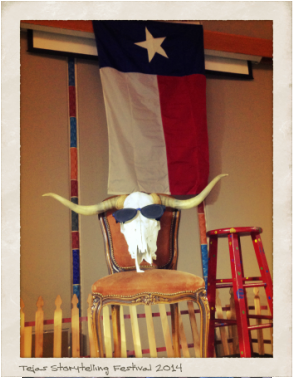
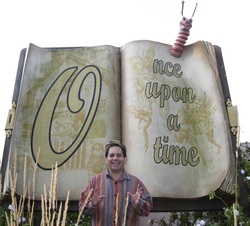
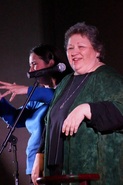
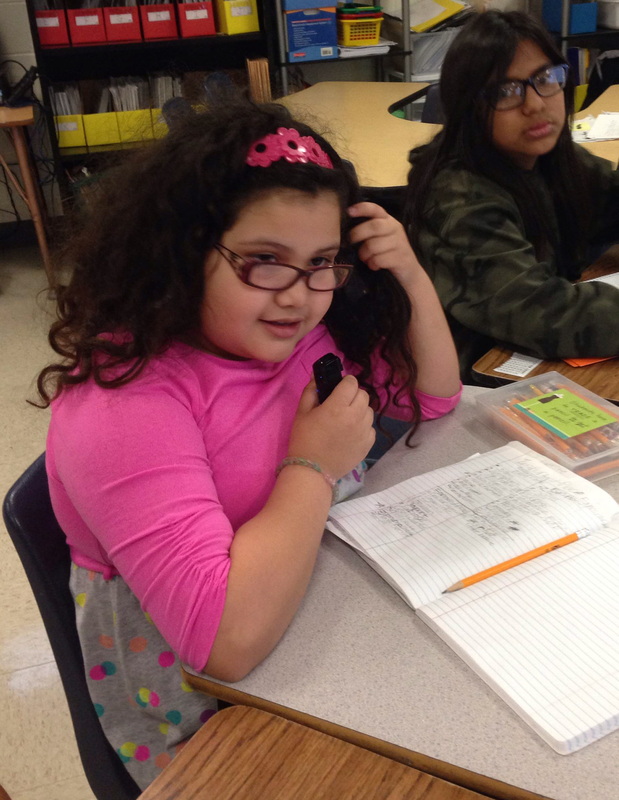
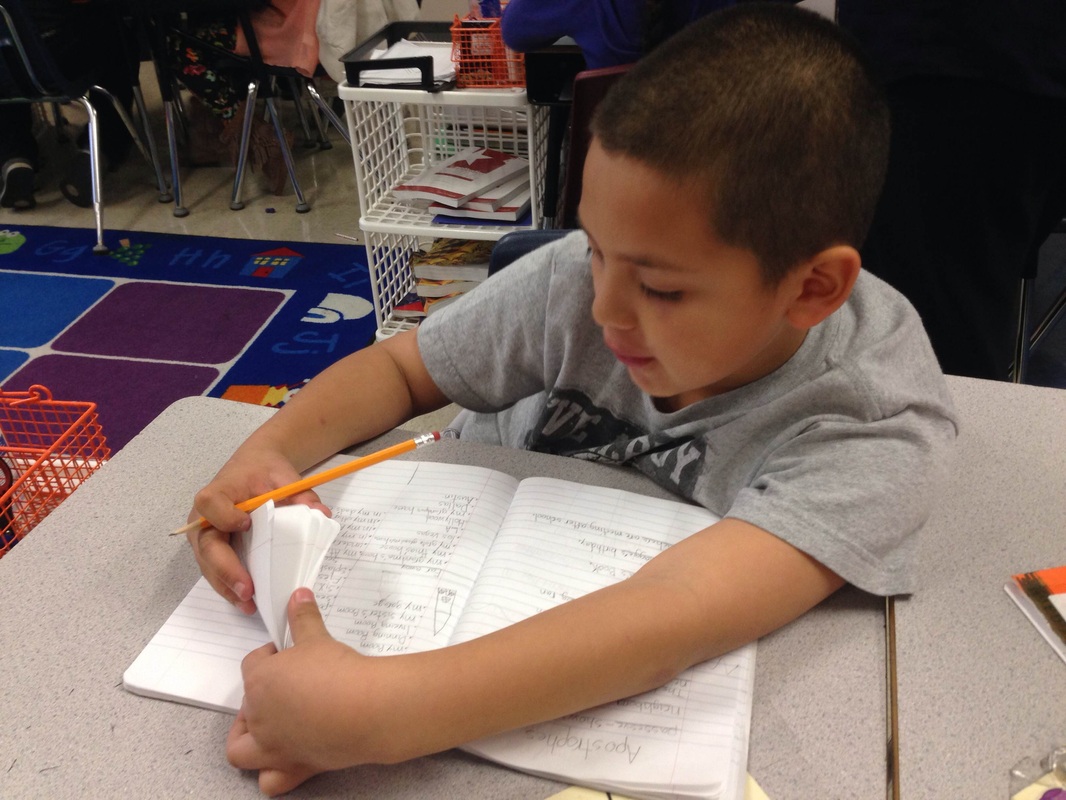
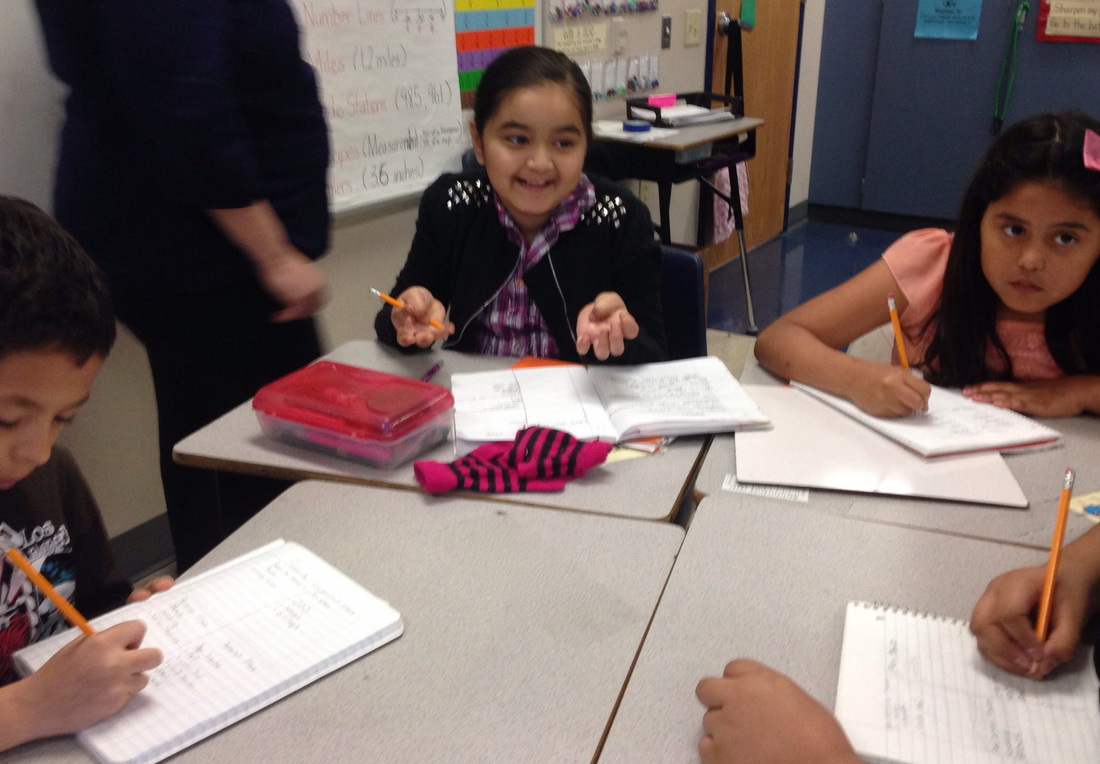
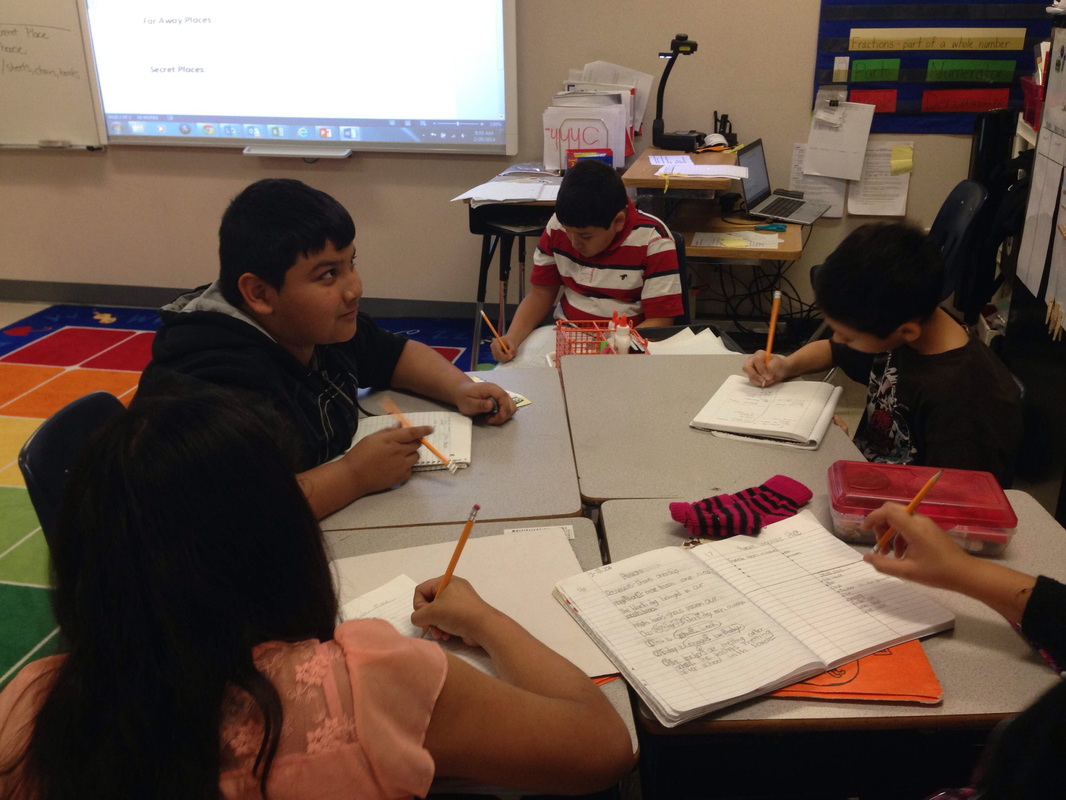
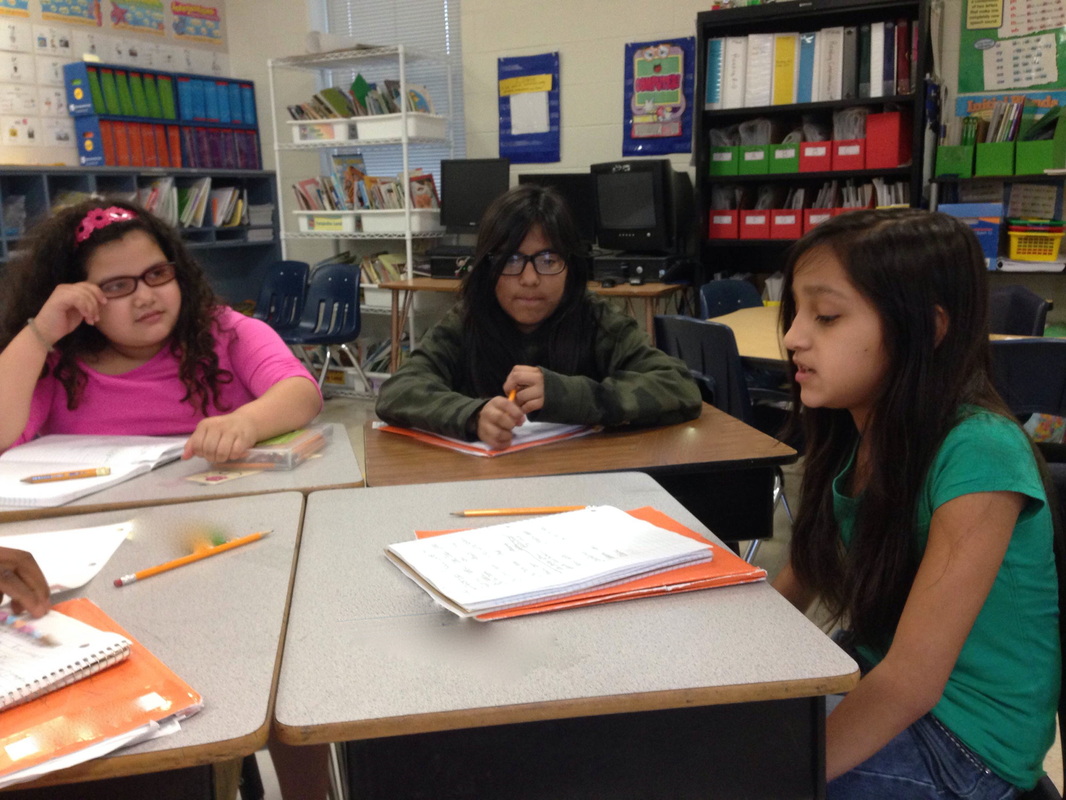



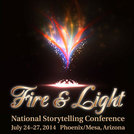

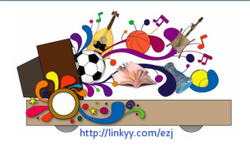





 RSS Feed
RSS Feed